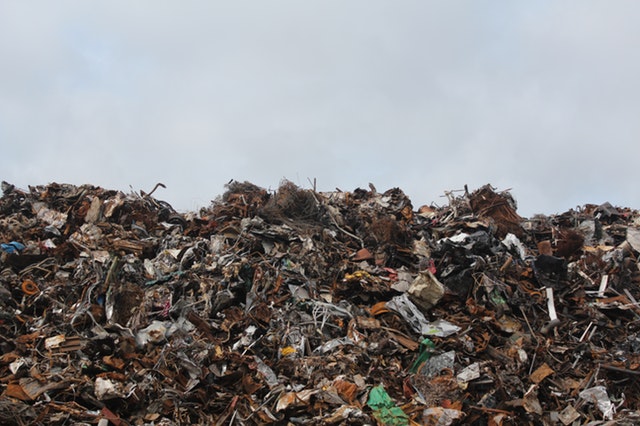Cultures
Garbology and American Waste Culture
What is Garbology?
A fair amount of Archaeology is done by digging up the garbage of ancient cultures. Structures and hearths can tell us a lot, but a refuse pit (or midden) can tell us a lot more. It can tell us what the people were eating, or what kind of pottery they were making (if any). Broken jewelry, toys, tools, weapons, and countless other things can be found in an ancient garbage pit. After performing several excavations on ancient middens, University of Arizona professor and Archaeologist, William Rathje had the idea that someday people might use the same procedures to learn about modern Americans. Then, he realized that there was nothing stopping him from doing the same thing. The result was the birth of the study of “Garbology,” the book Rubbish!:The Archaeology of Garbage, and the Tucson Garbage Project at the University of Arizona that has collected, catalogued, and analyzed millions of pounds of garbage from several excavated landfills. More recently, Edward Humes has revisited the subject in his book Garbology: Our Dirty Love Affair with Trash. What is the result of the research that has been done on our Garbage? It might not be what you expect.
Waste Culture
Rathje suggests that the amount of Garbage that a human produces has not changed, but rather the kind of garbage they produced has changed. However, the culture of disposable containers, fast food, and excessive packaging has increased considerably since the late eighties when Rathje did his garbology research for Rubbish!. Humes reports in Garbology that containers and packaging make up almost 30% of the total 389 million tons (plus) of waste that the United states generates every year. That is around 117 million tons of packaging being thrown away every year in the United States. Garbology also talks about the giant islands of plastic that can be found in all of the earth’s major oceans.
Americans have had a deep cultural affinity for disposable containers and convenience packaging for several decades now, and little attention is paid to the immense volume of waste that is being produced. In our culture, it is nothing to grab a plastic bottled water or soft drink, and we give little thought to where that bottle will end up. The United Nations reports that 22-43% of all plastic that is produced will find its home in a landfill, and Worldwatch reports that 268 thousand tons of plastic are currently floating in the world’s oceans. Columbia University reports that only 69 million tons of solid municipal waste were recycled in 2008, and of that number only (approximately) 850 thousand tons of recycled waste was plastic (as reported by each state). In 2016, Business Insider Magazine reported that the cost of recycling plastic bottles has become more expensive that making new ones.
What is in landfills?
Landfills are the primary means of solid waste disposal in the US by far, according to Columbia University’s State of Garbage report. In the book Rubbish!, the authors relate that landfills are generally pits of preservation more than roiling cauldrons of decomposition. There is not sufficient moisture in a landfill to facilitate proper decomposition of garbage. The only landfill studied in Rubbish! that showed any significant decomposition was the “Fresh Kills” landfill in Staten Island, New York because of the ocean tides that wash water in, and billions of tons of garbage-seep back out. Because of the mummification of our trash in landfills, Garbology studies show that paper is the most common item by volume in landfills, and makes up a full 40% of the volume of landfills.
What we can do
So, what can we do to make a positive difference on the American garbage culture? The most obvious answer is that we each need to reduce the amount of waste that we produce. Recycling is something that each person can do on the individual level, but also, using reusable containers for daily food, drink, and shopping bag needs. We can create a clamor for the use of bioplastics that are better for the consumers are the environment. Rubbish! talks about the trend of multi-function resource recovery facilities that turn garbage into scrap metal, energy, and reusable materials, and the last decade has seen an increase in the number of waste-to-energy (WTE) plants that actually create energy from the destruction of garbage. However, WTE usually requires incineration, and the necessary emissions controls make it not very cost effective at this point in time. To make the most impact, every one must do their part to reduce their waste, and spread the word about the impact of our culture of waste.






0 comments